The Temporal Nature of Photography |
Photography has much in common with other art forms. Like other two-dimensional art, it relies on basic principles of composition and visual design to effectively express the subject. Photography also draws similarities from three-dimensional art, such as sculpture, because the perception of depth in a photograph is a powerful design element that makes the photograph successful. But photography is unique in its connection to time; not only does the camera see time in ways different from the human perception of time, but a photographer whose ability to 'see' moments in time worth capturing on film or sensor is better equipped to make art with camera and lens.
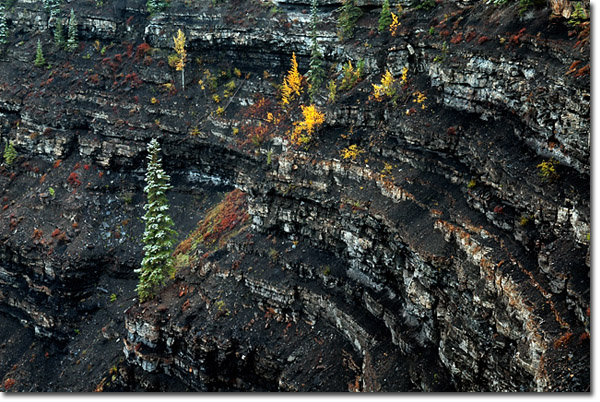
Time is a slippery concept. In the western world, time is parsed into smaller and smaller demarcations, yet this acute sense of time being chopped up into so many discrete intervals is a relatively recent phenomenon. The clock is a 'new' invention from the 19th century and a product of the industrial age, yet it has been very influential in forming the linear, structured sense of time so prevalent today. In some cultures time is viewed more elastically, in terms of ebb and flow or even circular patterns, and before the invention of the clock in our own culture, the rhythms of the sun helped guide daily life. But modern cameras have the power to stop time, to extract and replicate in perfect detail a snippet of a scene. So, in some ways, a photographer is someone adept at working with real objects in "real time."
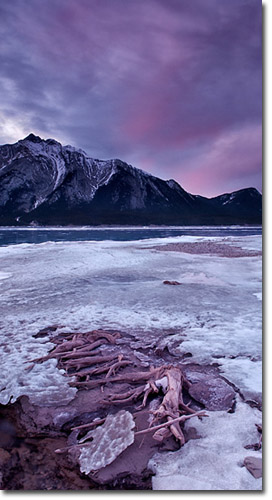
Good photographers thus develop two skills: first, the ability to recognize a moment as it occurs as significant to the photographer such that artistic meaning is channeled into an image and, second, the ability to pre-visualize a potential moment that has not occurred, plan for it, and then make an exposure as the moment occurs. In few other art forms does the subject matter dictate the pace of the creation of art as with photography. While a sculptor may begin creating a bowl from a piece of clay, the object need not be finished within an exact space of time in order for it to be a success. Clay can be left to rest under a damp cloth or even reconstituted and reworked at a later time. The sculptor has more control over the timing of the creation of art than the photographer who has only a particular window to make an exposure. While this window may be as large as several hours to as small as a fraction of a second, it is nevertheless a pre-determined and set space of time in which to achieve a desired output.
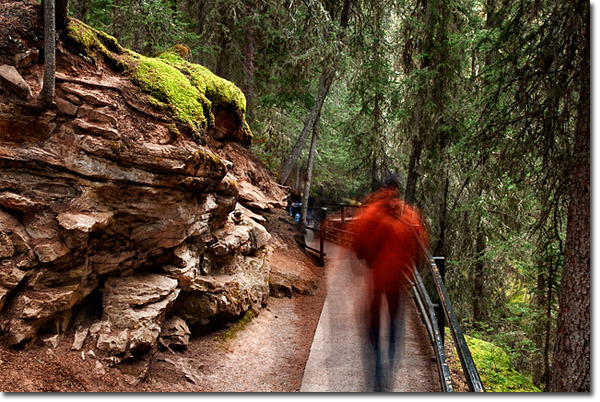
This might seem academic, but its importance is revealed by the photographers who show up at a scene and are not 'ready' when the moment occurs. Or worse, and far more common, they fail to recognize the opportunities present because their mind is preoccupied with other things. There are several reasons why this occurs. One is that exposure is a mechanical process: you dial in some settings, prepare the light sensitive material (whether film or sensor) to receive light and make a decision on depth of field. Being able to make these calculations quickly and without having to search for the controls is one limiting factor that results in a missed opportunity. Photographers who work in situations of short, transient moments, such as sports, wildlife or photojournalism, work their cameras without conscious effort.
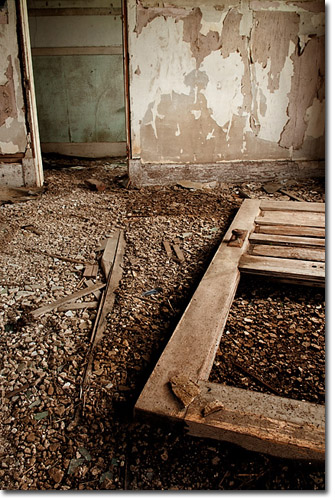
Another reason why potential images remain unmade relates to the mind of the photographer. In order to capture fleeting moments in time, you have to be present in each moment in time. Famed photographer Freeman Patterson calls this state of attention "relaxed attentiveness" or essentially mindful observation. When our mind is skittering away like a rat in a maze, obsessed with our personal problems, joys or worries, we are not fully present with our attention to the physical world around us. Similar to the concentration employed by athletes, being able to recognize potential images in the immediate world around you requires an open but focused attention. The temporal nature of photography is one of photography's most fascinating and challenging characteristics. Learning how to recognize the meaning in a fragment of time is the work of a skilled photographer who, by cultivating a receptive attitude to the immediate physical world around him, dips his finger into the flow of time and transfers on paper a pale copy of that moment in the form of a printed image.
Comments on NPN nature photography articles? Send them to the editor. NPN members may also log in and leave their comments below.
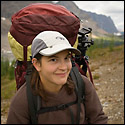 Samantha Chrysanthou was born in Lethbridge, Alberta. After moving for a period of time to northern Alberta, she returned in 2000 to southern Alberta to pursue a law degree in Calgary. After becoming a lawyer, Samantha began to realize her heart was more engaged in capturing the beauty of the landscape around her than debating the nuances of legal arguments in court. She has since left law to pursue writing and photography full-time. She particularly enjoys shooting the prairies, foothills and Rocky Mountains within an hour or so of her home in Cochrane, Alberta. Visit Samantha's website to view more of her work at www.chrysalizz.smugmug.com.
Samantha Chrysanthou was born in Lethbridge, Alberta. After moving for a period of time to northern Alberta, she returned in 2000 to southern Alberta to pursue a law degree in Calgary. After becoming a lawyer, Samantha began to realize her heart was more engaged in capturing the beauty of the landscape around her than debating the nuances of legal arguments in court. She has since left law to pursue writing and photography full-time. She particularly enjoys shooting the prairies, foothills and Rocky Mountains within an hour or so of her home in Cochrane, Alberta. Visit Samantha's website to view more of her work at www.chrysalizz.smugmug.com.